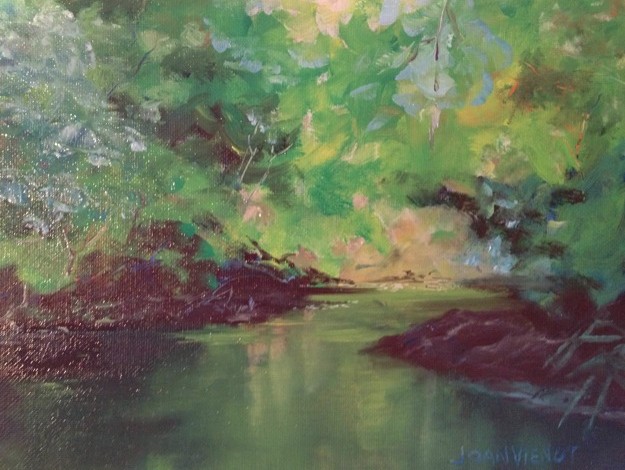
You might not think anyone would work up a sweat while figure drawing, but it gets pretty intense when I am strongly focused. OK, it’s nothing like a Spin class, but it can be Work! I draw hurriedly, especially during the “warm-up” phase at the beginning of the session, when drawing is very difficult. Later in the session, when I can automatically draw a curve, or locate a “landmark”, it becomes more like “play”, but in the beginning it can really be a struggle, with my curves and angles often going completely the wrong way from how they should be drawn.
 |
 |
I try not to worry too much about it, because if I judge my results along the way, I will freeze up. And I am very selective about the people I will listen to who might criticize my work. That is why I so appreciate our instructor, Heather Clements. When she says, “That leg looks broken,” or “That arm looks like it is coming backwards instead of going forwards,” it really helps. I usually can’t see that sort of thing myself at the time, until it is pointed out to me. If I am working in my home/studio, I will look at my art in the mirror, a trick that helps me to see those disproportions or imbalances. The mirror image looks completely different from what I am used to seeing while working on the piece, so it is easy to see when a leg looks “broken” or an arm looks like it is going the wrong way. I’ve noticed that before with other things — my old cat, April Alice, had dark fur around one eye, with dark eye liner, and white fur around the other eye, but her face, which I saw everyday, seemed symmetrical to me. But when I would hold her and look at her in the mirror, she looked like one eye was a lot bigger than the other. Apparently my mind compensates and “perfects” images as I look at them, hence the value of the mirror image when I am correcting a drawing.
The Wednesday evening figure drawing session at Studio b. this week seemed like more of a work-out than usual, probably because I was very tired. But maybe I was still keyed up and pouring more energy into everything I was doing. I was in the middle of teaching a 2½ day course for my day job, a required certification course for people in my profession. When I teach, I try to do it with high energy and enthusiasm, being educator, entertainer, and expert, all at the same time. My physical fatigue however meant that my hand cramped up sooner when I was drawing, and my arm got tired. A couple of times I quit drawing before the end of the pose, which I never do, ordinarily. But a couple of times I tried to finish the drawing after the pose was over too, taking time away from my drawing of the next pose, so I don’t know what that was about.











 Joan Vienot with Julie Gilbert Pollard
Joan Vienot with Julie Gilbert Pollard





